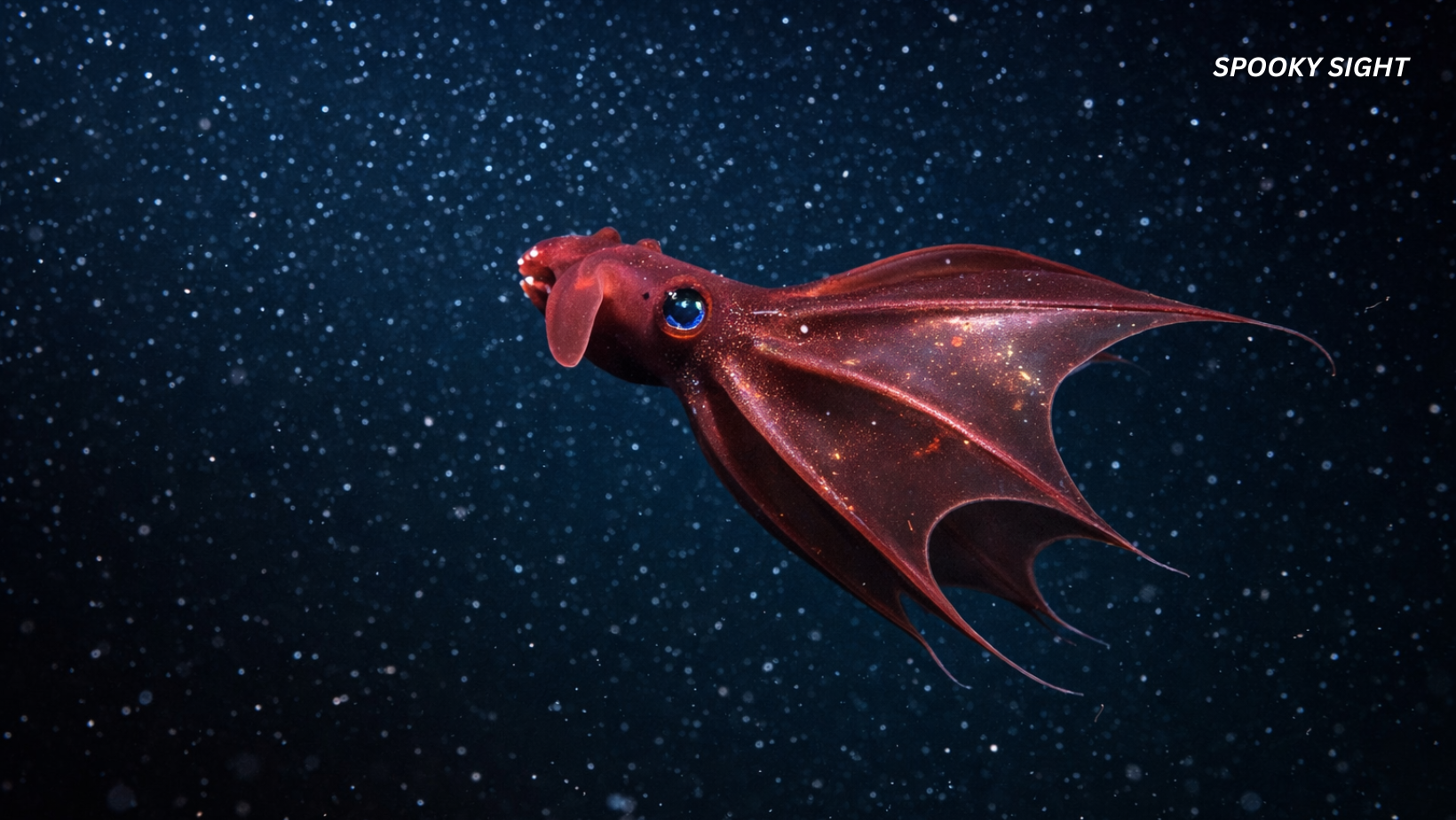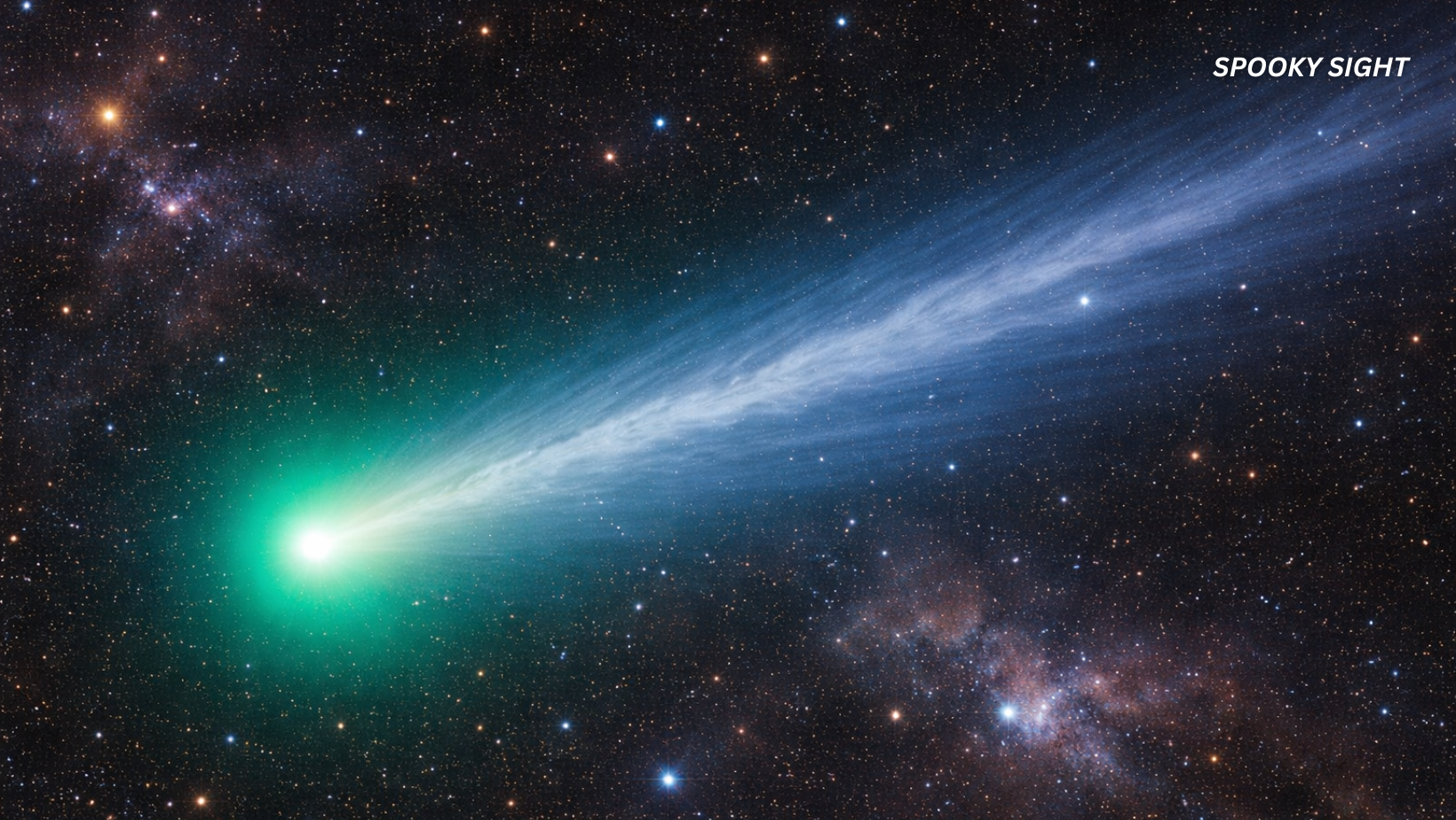In the vast tapestry of life on Earth, intelligence is often viewed through a human-centric lens, as if our cognitive abilities are the pinnacle of evolutionary achievement. Yet, a growing body of scientific research reveals a more nuanced story-one where intelligence has emerged independently in different branches of the vertebrate family tree, particularly in birds and mammals. This revelation challenges long-held assumptions about the origins and uniqueness of complex thought and offers fresh perspectives on how brains capable of sophisticated cognition have evolved.
Rethinking Intelligence Beyond Humans
Humans have long celebrated our mental faculties-our capacity for mathematics, logic, abstract reasoning, and critical thinking. However, these traits are not exclusive to our species. Birds, for example, consistently demonstrate remarkable cognitive skills. Ravens exhibit future planning, crows can count and manipulate tools, cockatoos deftly bypass traps to access food, and chickadees remember the locations of thousands of hidden seeds. What makes these feats especially intriguing is that avian brains are structurally quite distinct from mammalian brains: they are smaller and lack the layered neocortex traditionally associated with advanced intelligence in mammals.
Onur Güntürkün, a neuroscientist at Ruhr University Bochum in Germany, highlights this puzzling contrast: “A bird with a 10-gram brain is doing pretty much the same as a chimp with a 400-gram brain. How is it possible?” This question has fueled decades of debate among scientists seeking to understand whether the neural architectures underlying intelligence in birds and mammals share a common evolutionary origin or evolved separately.
Two Competing Evolutionary Narratives
The crux of the debate centers on whether vertebrate intelligence evolved once or multiple times. One hypothesis proposes a single evolutionary event: a distant common ancestor-perhaps a lizard-like creature from around 320 million years ago-possessed the neural circuits that later gave rise to intelligence in both birds and mammals. If true, this would mean that complex cognition was inherited from this ancestor, with birds and mammals simply refining and modifying the same basic blueprint.
Alternatively, intelligence may have arisen independently in these two groups through convergent evolution, where similar environmental pressures and survival challenges led to the development of comparable cognitive abilities via different neural pathways.
Determining which scenario is accurate is complicated by the fact that fossilized brains do not survive the eons, leaving no direct evidence of the ancient neural structures. To overcome this, researchers have turned to comparative studies of brain anatomy and development in living species, examining both adult and embryonic stages to reconstruct evolutionary pathways.
Read more: The 15 Most Scared Native American Spirit Animals and Their Meanings
New Insights from Cutting-Edge Research
A series of groundbreaking studies published in Science in early 2025 has provided the most compelling evidence to date supporting the independent evolution of intelligence in birds and mammals. These investigations employed single-cell RNA sequencing, a technique that enables scientists to identify and compare specific neuron types and their developmental trajectories across species.
One team, led by neurobiologist Fernando García-Moreno, tracked the development of brain cells in chickens, mice, and geckos. They discovered that although the mature neural circuits responsible for cognition in birds and mammals appear strikingly similar, their developmental origins differ significantly. The brain regions that form the mammalian neocortex and the avian dorsal ventricular ridge (DVR)-a structure thought to support complex cognition in birds-arise at different times, from distinct embryonic areas, and follow separate developmental sequences.
Simultaneously, researchers at Heidelberg University constructed an extensive atlas of the bird pallium, the brain region analogous to the mammalian cortex. Their findings echoed the idea that while birds and mammals have converged on similar neural circuit designs, the constituent neurons themselves are distinct, and birds exhibit a remarkable reorganization of their forebrain during development that defies previous assumptions.
Maria Tosches of Columbia University, who commented on these studies, noted, “There’s a limited number of ways to build an intelligent brain within vertebrates, but the paths to get there can vary widely.” This suggests that evolution has found multiple solutions to the challenge of developing cognition, rather than a single, optimal design.
Historical Perspectives and the Evolution of Thought
In the early 20th century, the prevailing view among neuroanatomists was that birds lacked the neural architecture necessary for advanced cognition. Without a neocortex, their brains were dismissed as simple and reflex-driven. This perspective began to shift in the 1960s when Harvey Karten, a pioneering neuroanatomist, identified neural circuits in birds that resembled those in the mammalian neocortex, particularly within the DVR. Karten proposed that these structures were homologous, inherited from a common ancestor, a view that dominated for decades.
However, later embryological studies by anatomist Luis Puelles suggested otherwise. By examining brain development in embryos, Puelles found that the mammalian neocortex and the avian DVR originate from different regions of the pallium, implying independent evolutionary origins.
The recent studies synthesize these perspectives, showing that both Karten and Puelles were correct in their own ways: birds and mammals have similar cognitive circuits, but these circuits develop differently and are composed of distinct neuron types. This nuanced understanding reconciles decades of conflicting data and underscores the complexity of brain evolution.
Read more: Massive ‘Sea Monster’ Fossil Discovered Deep in Mississippi Mud
Broader Implications and the Diversity of Intelligence
The realization that intelligence has evolved multiple times within vertebrates has profound implications. It challenges the anthropocentric notion that human intelligence is the apex of cognitive evolution and highlights the remarkable adaptability of neural systems.
Niklas Kempynck, a graduate student involved in the research, reflects on this shift: “We are not the optimal solution to intelligence. Birds got there too, on their own.” This perspective encourages a more humble appreciation of animal cognition and invites exploration into alternative forms of intelligence.
Beyond vertebrates, the diversity of intelligent life expands even further. Cephalopods such as octopuses have developed sophisticated cognitive abilities independently, with brain structures vastly different from those of vertebrates. These creatures solve puzzles, escape enclosures, and use tools, demonstrating that intelligence can arise through multiple biological architectures.
Bradley Colquitt, a molecular neuroscientist, points out that studying these varied neural solutions can illuminate the fundamental principles of cognition: “What are the different neural solutions that these organisms have come up with to solve similar problems of living in a complex world?”
Evolution’s Repeated Innovations
The independent emergence of intelligence in birds and mammals is part of a broader pattern of convergent evolution seen throughout nature. Just as camera-like eyes evolved separately in octopuses and vertebrates, and flight arose independently in birds, bats, and insects, complex cognition appears to be another evolutionary innovation discovered multiple times.
García-Moreno draws a parallel with architecture: “Ancient civilizations in Egypt and South America independently built pyramids-the most structurally efficient shape for enduring the test of time. Similarly, evolution has limited ways to build an intelligent brain within vertebrates.”
Looking Forward: Lessons for Artificial Intelligence and Beyond
Understanding how different species evolved intelligence could inform the development of artificial intelligence by revealing alternative neural architectures and strategies for problem-solving. Niklas Kempynck suggests that exploring bird cognition might inspire new AI models: “How does a bird think? Can we mimic that?”
Moreover, uncovering the shared and divergent features of intelligent brains may aid the search for life beyond Earth by refining criteria for recognizing extraterrestrial intelligence.
Conclusion
The story of intelligence on Earth is richer and more complex than a simple linear progression culminating in humans. Birds and mammals have each charted their own evolutionary courses to develop brains capable of remarkable cognitive feats. This dual emergence of intelligence underscores evolution’s creativity and adaptability, inviting us to reconsider our place in the natural world and to appreciate the diverse forms of thought that enrich life on our planet.
Featured image: Freepik.









